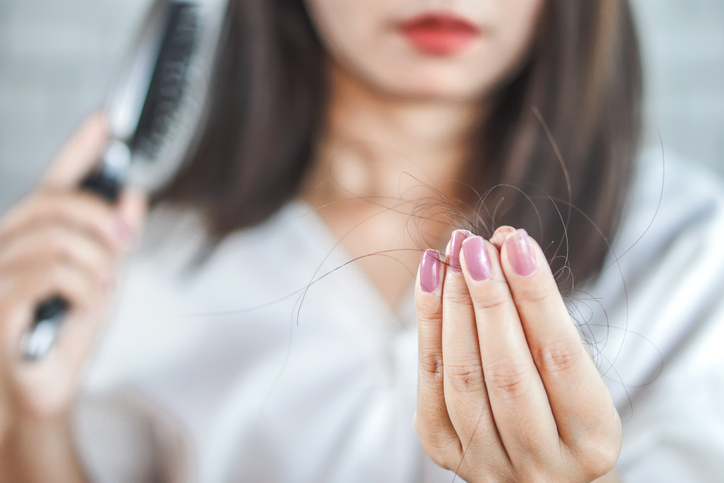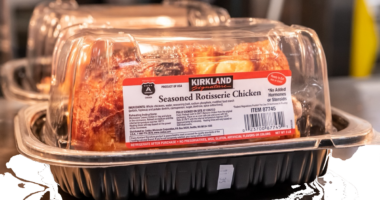
Platelet-rich plasma, or PRP, is derived from the bloodstream and has been used for years to treat musculoskeletal conditions, and more recently, skin conditions. Colloquially termed “vampire” treatments, PRP injected into the skin or used after microneedling (a technique that uses small needles to create microscopic skin wounds) may help to improve skin texture and appearance. Recently, PRP has garnered attention as a promising solution for one of the most challenging problems in dermatology: hair loss.
Platelets and hair growth: What’s the connection?
Platelets are one of four primary components of blood (the other three are red blood cells, white blood cells, and plasma). Platelets promote cell growth and regeneration. As the term “platelet-rich plasma” suggests, platelets are generally about five times more concentrated in PRP than in regular blood. This concentration of platelets is useful, because platelets secrete growth factors than are thought to assist in wound healing and tissue regrowth.
When it comes to hair loss, the theory is that platelets, injected deep into the scalp to reach the bottom of the hair follicle, may stimulate a specialized population of cells named dermal papilla cells, which play a critical role in hair growth.
Obtaining and injecting platelet-rich plasma
The process of obtaining PRP involves a blood draw and a centrifuge. To yield PRP, blood is drawn from your arm, then spun down in a centrifuge (a machine that spins at high speeds to help separate blood components). After centrifuging, the plasma rises to the top, and the lower part of the plasma is the PRP. Sometimes, a second spin is performed to increase the platelet concentration of the plasma.
Your own PRP is collected, then injected into multiple areas of hair loss across your scalp. The usual treatment plan involves three sessions, approximately one month apart, followed by maintenance sessions every three to six months to keep up the results.
Evidence for platelet-rich plasma is stronger for some types of hair loss than others
Most research on PRP for hair loss has focused on its use to treat androgenetic alopecia (AGA). Also known as hormone-related baldness, this is a condition that can affect both men and women. In men with AGA, hair loss typically occurs on the top and front of the head. In women, thinning occurs on the top and crown of the head and often begins with the center hair part growing wider. The evidence suggests that PRP may work best when it is combined with other treatments for AGA, such as topical minoxidil (Rogaine) or oral finasteride (Propecia), which is an anti-androgenic drug.
READ RELATED: In a relationship with a feeder? YOU might be one too, say scientists
There is not enough evidence to make conclusions about the effectiveness of PRP for other types of hair loss, like telogen effluvium (stress-related hair loss), alopecia areata (autoimmune-related non-scarring hair loss), or forms of scarring hair loss.
Platelet-rich plasma hair loss therapy considered safe, but expensive
PRP injections are not suitable for everyone. These injections can be painful, for both your scalp and your wallet. One session can cost around $1,000, with a series of three treatments needed before improvement may be seen. These treatments are generally not covered by insurance.
PRP injections are considered safe when performed by a trained medical provider. Mild risks include pain, redness, headaches, and temporary hair shedding. PRP may not be appropriate for those with a history of bleeding disorders or autoimmune disease.
More research is needed
Providers currently use a variety of PRP harvesting and administration techniques. More research is needed to understand the best process for obtaining and injecting PRP. Further, more information is needed to understand how PRP helps regrow hair, and how useful it may be for less common types of hair loss.
Follow us on Twitter @NeeraNathanMD and @hairwithdrmare
Source: Havard Health










